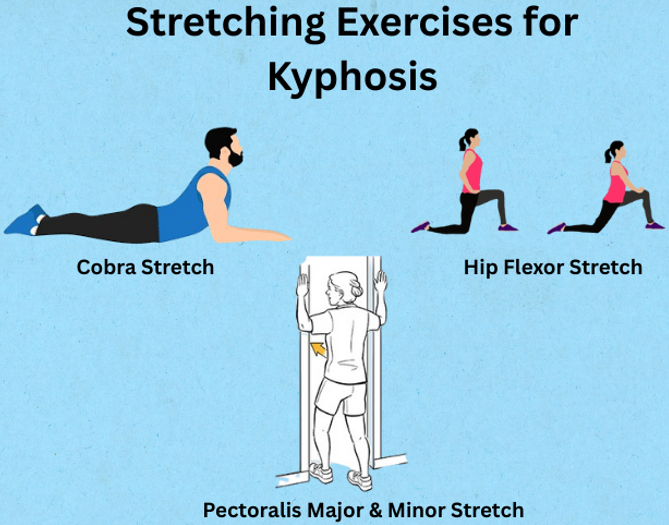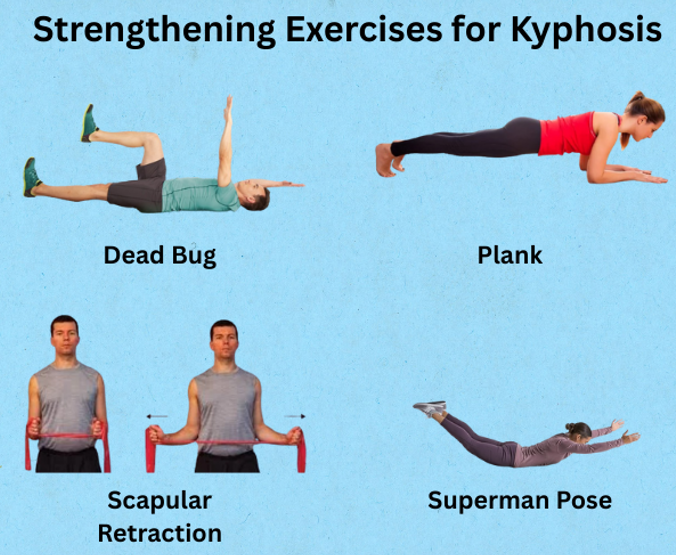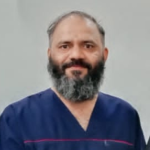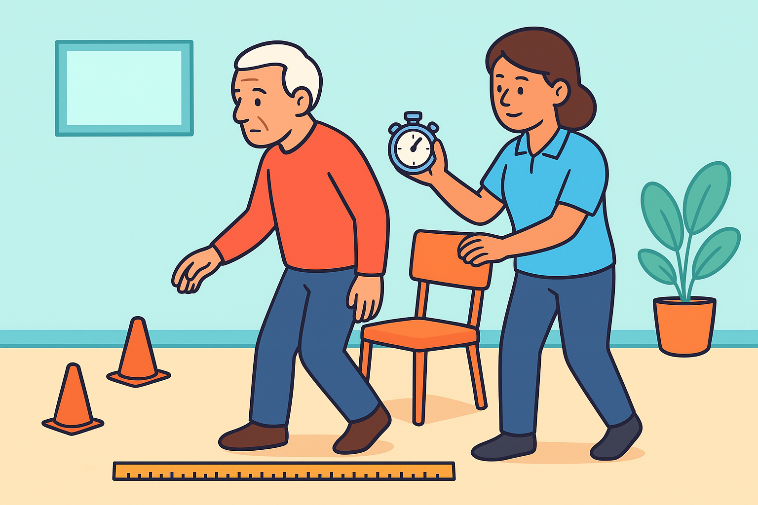Kyphosis is an excessive forward curvature of the thoracic spine, resulting in a hunchback or rounded upper back appearance. While a slight curvature is normal, kyphosis is typically diagnosed when the spinal curvature exceeds 40-45 degrees.
Types of Kyphosis:
1) Postural Kyphosis:
- Most common type.
- Often due to poor posture.
- Reversible with correctional exercises and postural awareness.
2) Scheuermann’s Kyphosis:
- Seen in adolescents.
- Characterized by wedge-shaped vertebrae.
- More rigid than postural kyphosis and may require bracing or surgery.
3) Congenital Kyphosis:
- Present at birth due to malformation of the spine during fetal development.
- May progress with age and often requires surgical intervention.
4) Degenerative Kyphosis:
- Common in older adults.
- Caused by spinal degeneration, osteoporosis, or vertebral fractures.
Symptoms of Kyphosis:
- Rounded upper back
- Back pain or stiffness
- Muscle fatigue
- Decreased spinal mobility
In severe cases, breathing difficulties due to thoracic compression
Rehabilitation Protocol for Kyphosis:
Rehabilitation is essential for improving posture, relieving pain, and preventing progression. The approach varies based on the type and severity of kyphosis.
1) Initial Assessment:
- Clinical evaluation (spinal curvature, posture)
- X-ray or MRI to measure kyphotic angle and assess vertebral changes
- Evaluation of muscle imbalances and range of motion
2) Non-Surgical Management:
A) Postural Training:
- Educating patients on maintaining spinal alignment in sitting, standing, and sleeping positions.
- Use of mirrors or posture-tracking devices.
B) Physical Therapy Program:
a) Stretching Exercises:
These target the tight anterior muscles that contribute to kyphosis:
- Pectoralis Major and Minor Stretch
- Hip Flexor Stretch
- Abdominal Stretch (Cobra Stretch)
b) Strengthening Exercises:
Focus on strengthening the posterior chain:
- Thoracic Extension Exercises
- Scapular Retraction with Resistance Bands
- Back Extensors (Superman Exercise)
- Core Strengthening (Planks, Dead Bug)
c) Postural Correction Drills:
- Wall Angels
- Chin Tucks
- Brugger’s Relief Position
3) Bracing:
- Indicated for adolescents with Scheuermann’s kyphosis
- Helps prevent progression during growth spurts
- Usually worn for 16–20 hours/day until skeletal maturity
4) Ergonomic Modifications:
- Adjust workstations to encourage upright posture
- Use lumbar supports and ergonomic chairs
- Frequent breaks to stretch and correct posture
5) Manual Therapy (If Indicated):
- Joint mobilization to improve thoracic extension
- Myofascial release for tight chest and shoulder muscles
6) Patient Education:
- Importance of daily posture correction
- Lifestyle changes (active breaks, less screen time).
- Nutrition and bone health (especially in older adults)
7) Surgical Intervention (When Necessary):
- For severe or progressive kyphosis unresponsive to conservative treatment
- Procedures: spinal fusion, osteotomy
- Post-surgical rehab focuses on mobility and strength recovery
Monitoring and Outcome Evaluation:
- Regular reassessment of spinal curvature
- Pain levels, functional ability, and quality of life tracking
- Radiographs for structural monitoring (if needed)
Conclusion:
Rehabilitation for kyphosis is multidisciplinary, involving posture correction, physical therapy, lifestyle changes, and in some cases, bracing or surgery. Early detection and intervention can significantly improve outcomes and prevent complications.
About Authors
Dr. Muhammad Mahmood Ahmad is a Spinal as well as an Orthopedic Surgeon with over 14 years of experience currently practicing at Razia Saeed Hospital, Multan.








